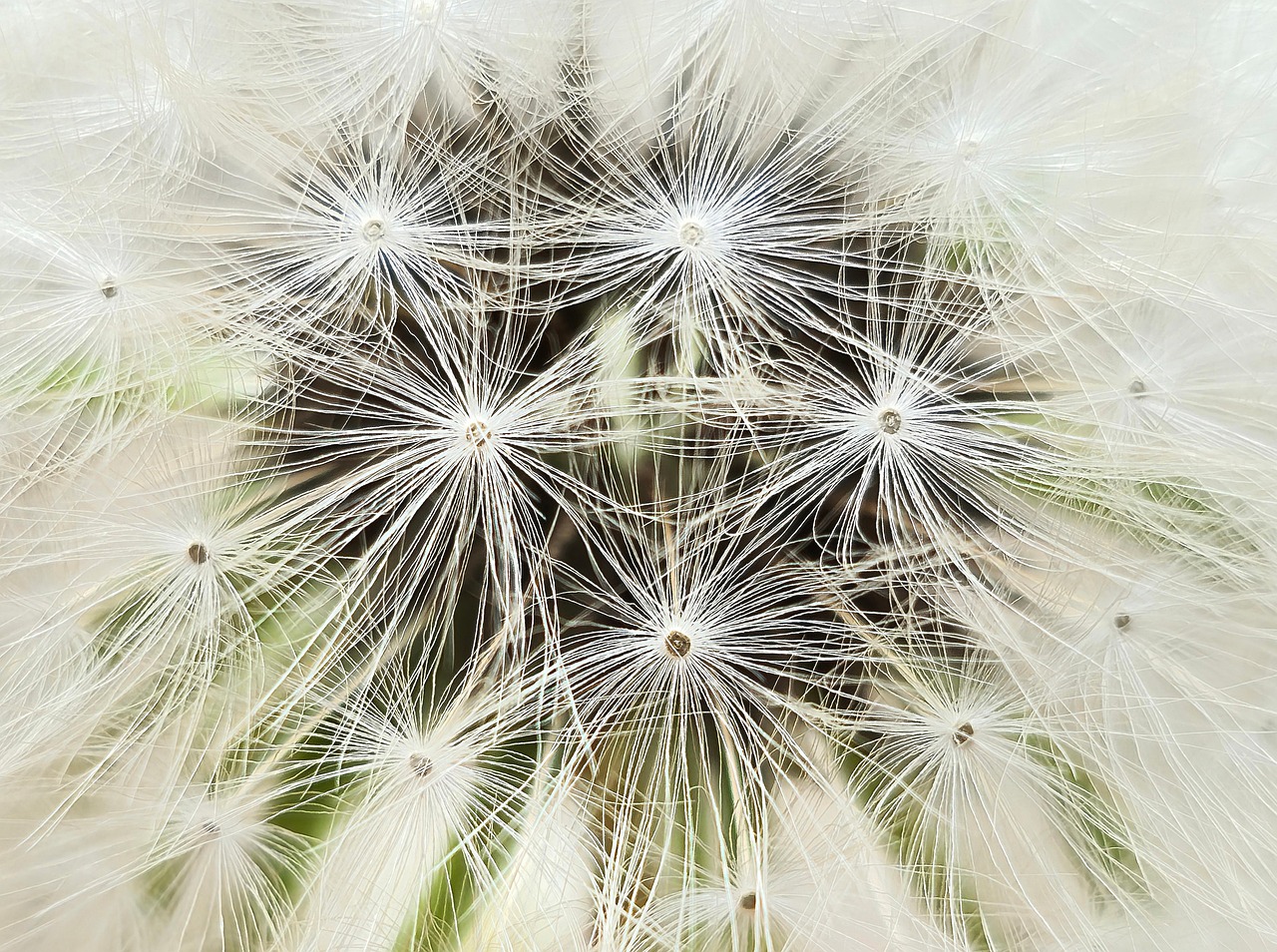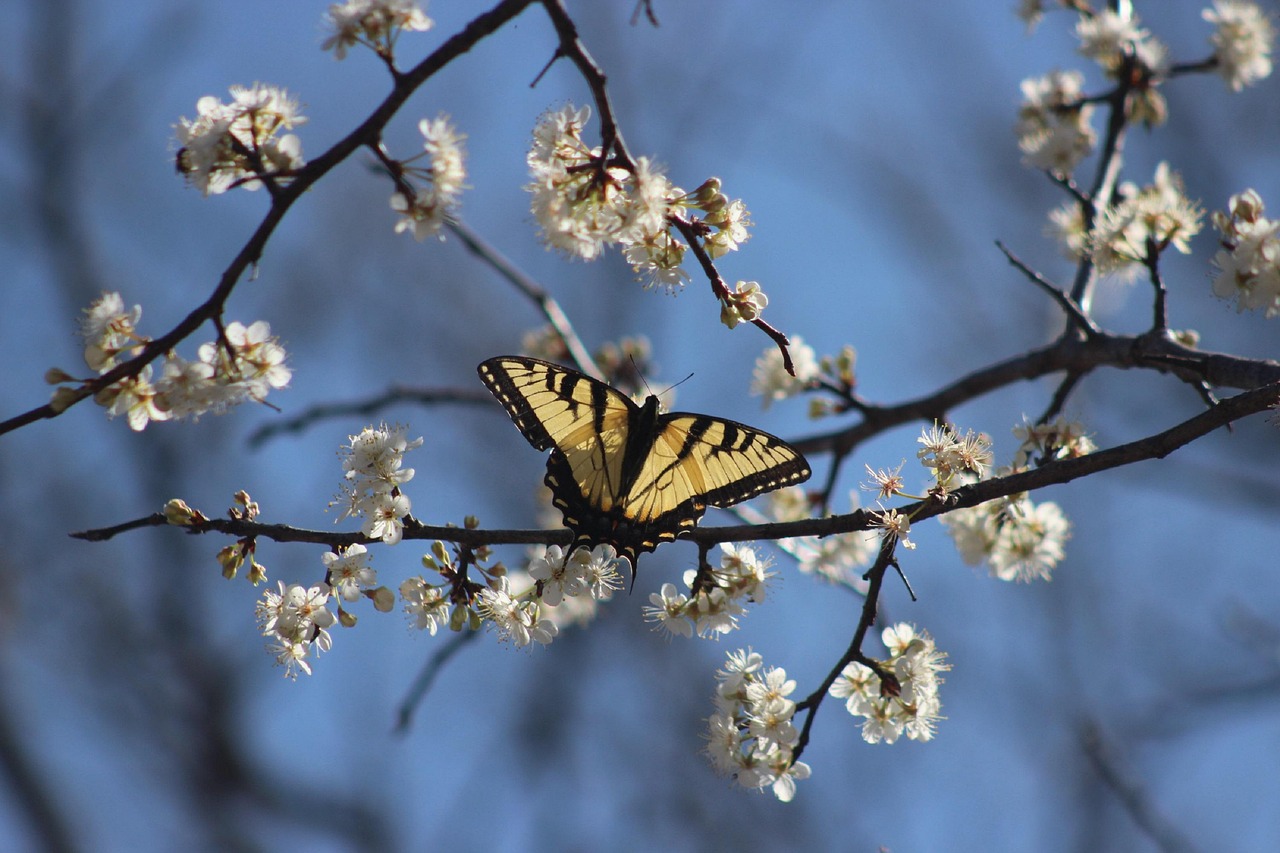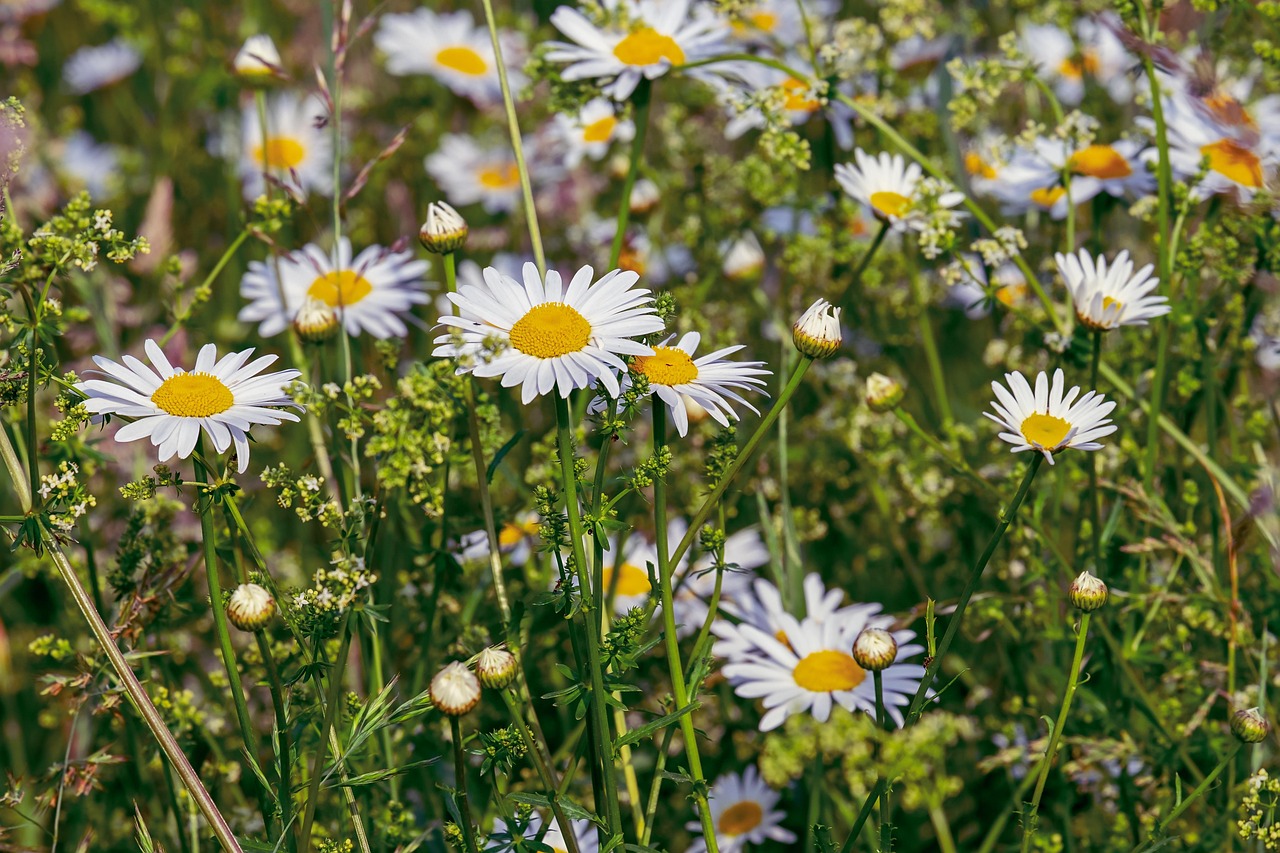Texas is renowned for its vast landscapes, rich history, and vibrant culture. Amidst these elements lies another treasure: its native flowers. The wildflowers of Texas are not just beautiful; they embody the spirit of the Lone Star State. From the rolling hills of Hill Country to the expansive plains of West Texas, these blooms paint the landscape in vivid colors each spring.
The diversity of Texas wildflowers is astounding. Over 5,000 species of flowering plants are native to the state, showcasing a variety of shapes, sizes, and colors. This incredible biodiversity is a reflection of Texas’s unique ecosystems, which range from coastal marshes to arid deserts. Each region hosts its own distinct array of wildflowers, making it a floral paradise for enthusiasts and casual observers alike.

One of the most iconic symbols of Texas wildflowers is the bluebonnet, designated as the state flower in 1901. These stunning blue blooms blanket the fields from late March to early May, attracting photographers and nature lovers from all over. However, bluebonnets are just the beginning of what Texas has to offer.
| Flower Name | Blooming Season | Color |
|---|---|---|
| Bluebonnet | March to May | Blue |
| Indian Paintbrush | March to June | Red, Orange |
| Mexican Hat | May to September | Yellow, Red |
| Black-eyed Susan | May to October | Yellow |
| Coreopsis | March to June | Yellow |
Understanding Texas Wildflowers
Wildflowers in Texas are more than just a visual feast. They play crucial roles in the ecosystem. Native plants provide food and habitat for various wildlife species, including pollinators like bees and butterflies. These insects are essential for the reproductive cycle of many plants and contribute to the overall health of the environment.
The blooming cycles of these flowers are influenced by several factors, including rainfall and temperature. Texas’s unique climate allows for a variety of wildflower species to thrive. From the humid coastal regions to the dry desert areas, each environment creates conditions suitable for different types of flora.
In addition to their ecological importance, native wildflowers have cultural significance. Many Texas residents celebrate their state’s floral heritage through festivals and events dedicated to wildflowers. These gatherings often feature art, music, and local cuisine, fostering community spirit while showcasing the beauty of the blooms.
The Role of Wildflowers in Ecosystems
Wildflowers contribute significantly to maintaining healthy ecosystems in Texas. They offer numerous benefits:
- Pollination: Many native flowers attract pollinators that help with plant reproduction.
- Soil Health: Wildflowers can improve soil quality by preventing erosion and enhancing nutrient content.
- Biodiversity: A diverse array of plants supports various animal species, creating a balanced ecosystem.
This interconnectedness highlights the importance of preserving native wildflower habitats. As urban development increases, protecting these natural environments becomes essential for sustaining both plant life and wildlife.
The appreciation for Texas wildflowers extends beyond their beauty. They represent resilience and adaptability in a changing environment. Each bloom tells a story of survival and flourishing in diverse conditions, making them true symbols of Texas’s spirit.
Popular Native Texas Wildflowers
Among the vast array of wildflowers in Texas, several species stand out due to their beauty and significance. These flowers not only enhance the landscape but also contribute to the state’s identity. Here are some of the most popular native wildflowers that you might encounter:
- Bluebonnet: The iconic state flower of Texas, known for its vibrant blue hue and fragrant blooms.
- Indian Paintbrush: Featuring red and orange blossoms, this flower adds a striking contrast to the bluebonnets in spring.
- Mexican Hat: Recognizable by its unique shape and colorful petals, it thrives in sunny areas.
- Black-eyed Susan: A cheerful yellow flower with a dark center, it blooms from spring until fall.
- Coreopsis: This yellow flower is often found in meadows and adds a sunny touch to the landscape.
Bluebonnet: The Pride of Texas
The bluebonnet, scientifically known as Lupinus texensis, is a symbol of Texas pride. These flowers are not just beautiful; they have a rich history tied to the culture of the state. Native American tribes used bluebonnets for medicinal purposes, while settlers admired their aesthetic appeal.
Bluebonnets thrive in well-drained soils and typically bloom from late March to early May. They are often found along highways and in open fields, creating stunning scenic views. The sight of vast blue fields during spring is a cherished tradition for many Texans and visitors alike.
Indian Paintbrush: A Vibrant Companion
Complementing the bluebonnets is the Indian Paintbrush (Castilleja indivisa). This wildflower is famous for its vibrant red and orange petals that resemble paintbrush strokes. The unique appearance makes it a favorite among artists and photographers.
Indian Paintbrush prefers well-drained soils and can often be found in areas that have been disturbed, such as roadsides or areas recovering from fire. These flowers bloom from March to June, adding a splash of color that enhances the beauty of native Texas landscapes.
Wildflower Viewing and Festivals

Texas is home to numerous wildflower viewing opportunities and festivals that celebrate these beautiful blooms. Springtime brings many events where people can gather to appreciate the floral beauty of the state.
- Bluebonnet Festival: Held annually in Burnet, this festival attracts thousands who come to see the bluebonnets in full bloom and enjoy live music, crafts, and food.
- Wildflower Center: The Lady Bird Johnson Wildflower Center in Austin offers guided tours and educational programs about native plants and their habitats.
- Wildflower Drives: Scenic drives through regions like Hill Country provide breathtaking views of blooming wildflowers along winding roads.
These festivals and events not only highlight the beauty of Texas wildflowers but also promote awareness about conservation efforts. Participants learn about the importance of preserving these natural resources for future generations.
Conservation Efforts
Conserving native wildflowers is essential for maintaining biodiversity and supporting local ecosystems. Organizations across Texas are dedicated to protecting these plants and their habitats. Some key efforts include:
- Restoration Projects: Initiatives focused on restoring native plant populations in areas affected by urbanization or agriculture.
- Public Education: Programs aimed at educating the public about the importance of planting native species in gardens and landscapes.
- Protection Laws: Legislation that aims to protect critical habitats from development and other threats.
Through these conservation efforts, Texans are working to ensure that future generations will continue to enjoy the beauty and benefits of native wildflowers.

Creating a Native Wildflower Garden

Designing a native wildflower garden is a rewarding way to bring the beauty of Texas wildflowers into your own backyard. Not only does this practice enhance the local landscape, but it also contributes to environmental sustainability by providing habitats for native wildlife. Here are some essential steps to consider when creating your wildflower garden.
Choosing the Right Location
The first step in establishing a native wildflower garden is selecting an appropriate location. Consider the following factors:
- Sunlight: Most wildflowers thrive in full sun, requiring at least six hours of direct sunlight each day.
- Soil Type: Test the soil for drainage and pH levels. Many native wildflowers prefer sandy or loamy soils.
- Space: Ensure you have ample space for the wildflowers to grow and spread without overcrowding.
Selecting Native Species
Choosing the right plants is crucial for the success of your wildflower garden. Here are some native species that are well-suited for Texas gardens:
- Bluebonnet: The state flower, known for its stunning blue color.
- Indian Paintbrush: Features vibrant red and orange flowers that attract pollinators.
- Black-eyed Susan: A hardy flower that blooms yellow and is attractive to bees and butterflies.
- Coreopsis: This cheerful yellow flower is easy to grow and blooms throughout spring and summer.
When selecting plants, consider their blooming seasons to ensure continuous color throughout the growing season. Mixing early, mid, and late bloomers will create a vibrant display.
Planting Techniques
The method of planting can significantly impact the establishment of your wildflower garden. Here are some effective techniques:
- Seed Sowing: For most wildflowers, sowing seeds directly into the prepared soil is recommended. Follow the seed packet instructions for depth and spacing.
- Transplanting: If you prefer more immediate results, consider purchasing young plants from local nurseries. Transplant them into your garden, ensuring they have sufficient space to grow.
- Mulching: After planting, apply a layer of organic mulch to help retain moisture and suppress weeds.
Caring for Your Wildflower Garden
Once your wildflower garden is established, proper care will help it thrive. Here are some tips:
- Watering: Water the plants regularly during dry spells, especially during the first year as they establish roots.
- Weeding: Keep the garden free of invasive weeds that may compete with your wildflowers for nutrients and space.
- Fertilizing: Native wildflowers typically do not require heavy fertilization. A light application of organic fertilizer can help if necessary.
Encouraging Wildlife
A native wildflower garden can attract various wildlife, enriching your outdoor space. To enhance this effect, consider the following:
- Pollinator Habitats: Include plants that attract bees, butterflies, and hummingbirds. These pollinators play a critical role in the ecosystem.
- Nesting Areas: Leave some areas of your garden untrimmed to provide natural nesting spots for birds and beneficial insects.
- Water Sources: Installing a small birdbath or pond can provide hydration for wildlife visiting your garden.
Creating a native wildflower garden not only beautifies your surroundings but also fosters a deeper connection with nature. It becomes a sanctuary for both plants and animals, contributing positively to the local ecosystem.
Exploring the Cultural Significance of Texas Wildflowers
Texas wildflowers are woven into the cultural fabric of the state. They symbolize not only the beauty of the landscape but also the pride and heritage of Texas residents. Festivals celebrating these flowers bring communities together, highlighting the connection between nature and culture.
Throughout history, wildflowers have inspired artists, poets, and musicians. The vibrant colors and unique shapes have become a source of creativity, capturing the essence of Texas’s natural beauty. Many local artists incorporate wildflower themes into their work, contributing to a rich tradition of celebrating these natural wonders.
Wildflowers in Texan Folklore
Wildflowers also hold a special place in Texan folklore and tradition. Stories and legends surround many native flowers, often attributing them with symbolic meanings. For example:
- Bluebonnet Legends: Various tales explain how bluebonnets came to be. One popular legend tells of a young girl who prayed for flowers to bloom after a long winter, leading to the first bluebonnet blossoms.
- Indian Paintbrush Stories: This flower is often associated with Native American legends, symbolizing the beauty and artistry of nature.
These stories enhance the appreciation for wildflowers, making them not just plants but carriers of history and meaning within the state.
Getting Involved: Community Initiatives
Engaging with local organizations focused on wildflower conservation can be a rewarding experience. Many communities offer volunteer opportunities that allow individuals to contribute directly to preserving native flora. Here are some ways to get involved:
- Participate in Planting Events: Join community efforts to plant native wildflowers in parks and public spaces.
- Attend Workshops: Learn about the benefits of native plants and sustainable gardening practices through local workshops and seminars.
- Support Conservation Groups: Donate to or volunteer with organizations dedicated to conserving Texas wildflowers and their habitats.
By becoming involved, you can help ensure that Texas’s natural beauty is preserved for future generations while also fostering a sense of community and shared purpose.
Final Thoughts
The wildflowers of Texas are more than just beautiful blooms; they represent a vital part of the state’s identity, ecology, and culture. From the iconic bluebonnet to lesser-known species, these plants contribute significantly to biodiversity and the well-being of local ecosystems. Creating native wildflower gardens allows individuals to appreciate this beauty while playing an active role in conservation efforts.
Engaging with local communities through festivals, planting initiatives, and educational programs helps strengthen the connection between people and nature. As Texans continue to celebrate and protect their native flowers, they foster a deeper understanding of their environment and its significance.
In conclusion, embracing Texas’s wildflowers enriches our lives and sustains the landscape for future generations. Whether through gardening, participating in community events, or simply enjoying the seasonal blooms, everyone can play a part in preserving these wild beauties of the Lone Star State.
